Welcome back to the part 2 of our journey through Iran’s UNESCO World Heritage Sites. We’re excited to continue exploring the incredible mix of history, culture, and natural wonders that Iran has to offer. In this article in Parsi Tours Iran Travel Agency, we’re going to dive even deeper into the country’s fascinating heritage, from well-preserved ancient cities to awe-inspiring landscapes that have captured the imaginations of poets and artists for centuries. These sites are living witnesses to Iran’s enduring legacy and its dedication to preserving its treasures for future adventurers like you and me. So, let’s set off on this adventure together and uncover more of the hidden gems and stories behind these UNESCO World Heritage Sites of Iran that have earned their rightful place on the global stage.
Isfahan Grand Mosque, Isfahan, 2012
Isfahan Jame Mosque ranks as one of Iran’s most significant and ancient religious structures. This sprawling mosque complex, measuring 170 x 140 meters, is situated in the northeast of Isfahan, adjacent to the historic Sabze meydan or Kohne Square. It boasts various sections, including the Nizam al-Mulk dome, Taj al-Mulk dome, four Shabestan porches, Mozaffari school, and Mihrab al-Jaito, each representing a distinct era in Islamic architectural art. The architectural style of the mosque is of the Razi style.
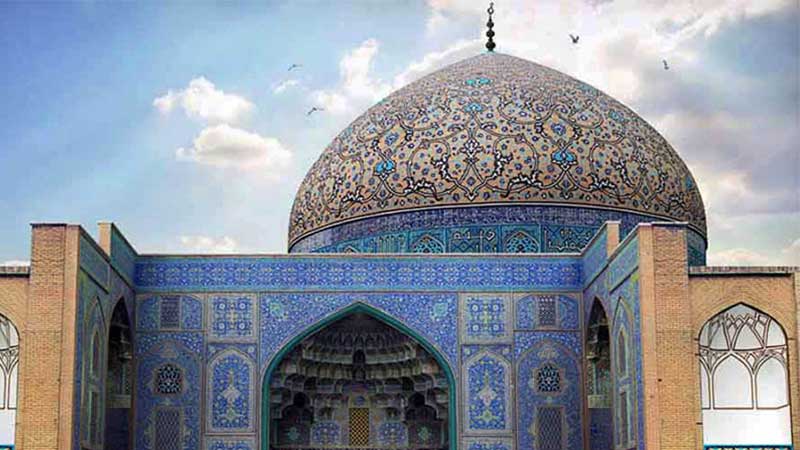
Isfahan Grand Mosque
Gonbad-e Qabus (tower), Golestan, 2012
Gonbad-e Qabus, a remarkable historical tower dating back to the 4th century Hijri, calls travelers to the city of Gonbad-e Qabus in the picturesque Golestan Province of northern Iran. This awe-inspiring architectural wonder stands as the world’s tallest all-brick tower and carries an air of mystique, with its design influenced by secrets and symbolism.
Located at the top of an earthen hill that rises approximately fifteen meters above the ground, this 53-meter-tall work of art was masterfully constructed in 375 AH during the reign of Shams al-Ma’ali Qaboos bin Voshmgir. Its cylindrical form, adorned with intricate calligraphic inscriptions and geometric patterns, not only affirms the craftsmanship of its builders but also whispers the tales of the magnificence ancient Persian civilization.
As you stand in the shadow of Gonbad-e Qabus, you find yourself immersing in the rich history and culture that this UNESCO World Heritage Site represents. All in all, It’s a must-visit destination for anyone with a passion for history, art, and the timeless beauty of human achievement.
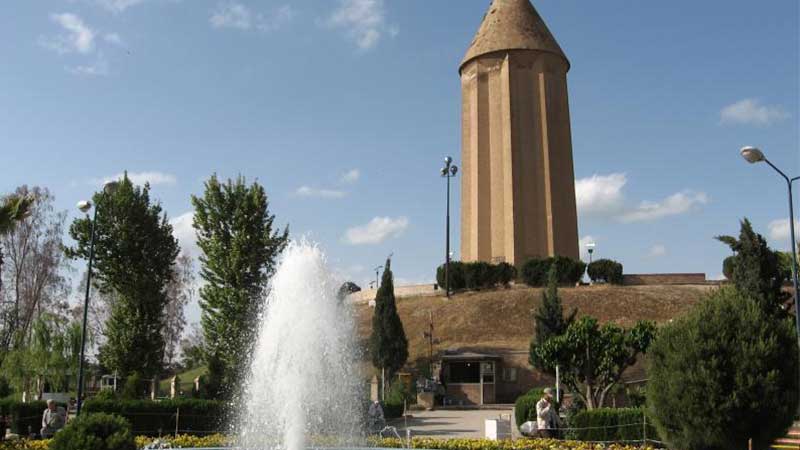
Gonbad-e Qabus Tower
Golestan Palace, Tehran, 2013
Golestan Palace comprises a collection of structures situated in Tehran’s Arg Square. These buildings were constructed at various times, with the palace taking its name from the Golestan hall located within one of the buildings. Originally built during the Safavid period under Shah Tahmasab I, The palace stood within the historic district of Tehran.
During the Qajar era, it underwent significant expansion and served as the residence of Qajar kings. In the Pahlavi era, it was utilized for official ceremonies and hosted presidents and distinguished foreign guests.
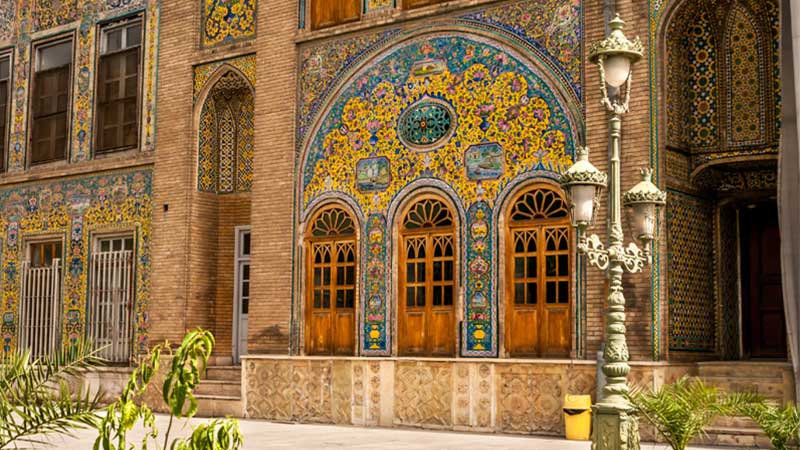
Golestan Palace
Shahr-e Sukhteh, Sistan and Baluchistan, 2014
Shahr-e Sukhteh or The Burnt City, also known as the remains of an ancient city-state in Iran, once thrived on the alluvial plains at the confluence of the Hirmand River and Lake Hamoun. It was initially situated along the riverbank. Construction of this grand city occurred during the Bronze Age of the Jiroft civilization, housing Iranians approximately 6,000 years ago. Shahr-e Sukhteh occupies an area of 280 hectares, encompassing five primary zones, including the residential section, central parts, Industrial Zone, monuments, and cemeteries arranged in consecutive and contiguous hills.

Shahr-e Sukhteh, Sistan and Baluchistan
Cultural Landscape of Maymand Village, Kerman, 2015
Maymand Village, a rugged, rocky settlement thousands of years old, stands as one of Iran’s earliest human habitations. It boasts 406 kiches and 2560 rooms, with residents maintaining unique customs and still employing Sasanian Pahlavi words in their language and dialect.
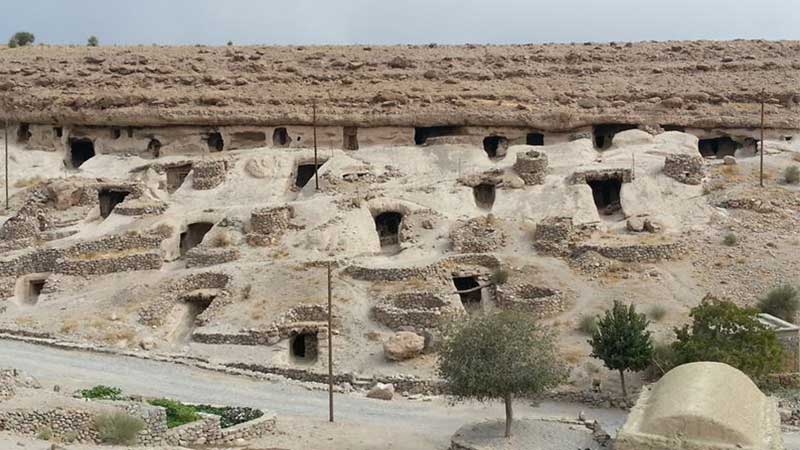
Maymand Village, Kerman
Susa Ancient Site, Khuzestan, 2015
The ancient city of Susa ranks among the oldest known settlements globally. Ancient records identify Susa as one of Iran and the world’s most significant and splendid ancient cities. Susa once served as a convergence point for two influential civilizations, each leaving its mark on the other.
Collection of Iranian qanats, 2016
This collection spotlights the irreplaceable qanat construction technologies, emphasizing their unique attributes such as being the deepest, longest, or oldest in Iran. The collection encompasses 11 qanats, including Kasbah Gonabad qanat, Balade Ferdous qanat, Hasanabad Moshir qanat, Bagh Zarch qanat, Ibrahimabad Arak qanat, Mazdabad qanat, Wazwan general qanat, Moon qanat, Goharriz qanat of Jopar, Akbarabad Bam qanat, and Qasimabad Bam qanat.
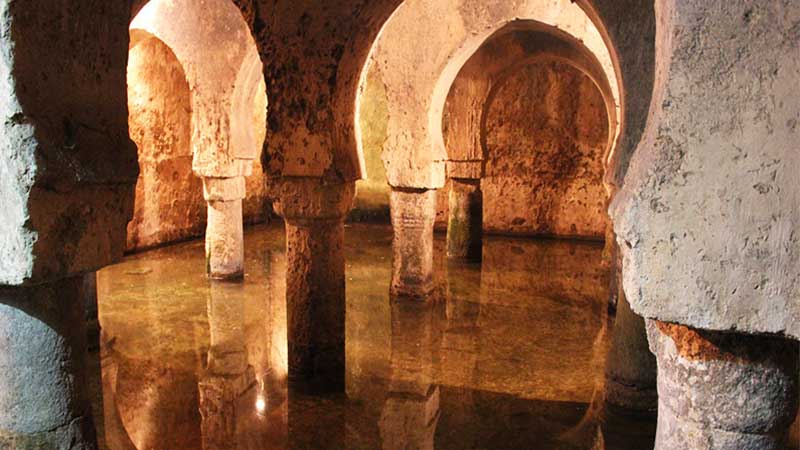
Iranian qanat
Lut Desert, 2016
The Lut Desert, Iran’s first natural site to attain UNESCO World Heritage status, is a witness to the inescapable passage of time and the endurance of human civilization. Spanning over five millennia, its history is a captivating tapestry interwoven with the sands of this remarkable desert. Nestled on the fringes of the Lut Desert, the region has yielded a treasure trove of historical artifacts, numbering around three thousand, a testament to the enduring human presence in this arid expanse. This historical treasure trove, unparalleled in its uniqueness, offers a captivating glimpse into the lives and legacies of the peoples who once thrived amidst the desert’s harsh and unforgiving beauty. The Lut Desert, with its ancient secrets and enduring allure, stands as a proof to the profound connection between humanity and the environment, deserving of its esteemed place on the UNESCO World Heritage List.
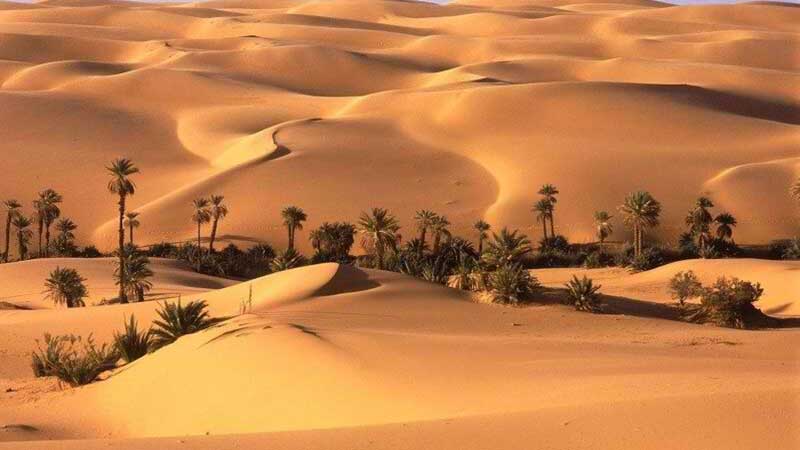
Lut Desert
Historical City of Yazd, Yazd, 2017
Yazd city’s architecture stands as an exemplary model of building in hot and arid climates worldwide. Its compatibility with the needs and climatic and cultural conditions of the local populace, combined with its architectural beauty, makes it truly exceptional. In each neighborhood’s center, one can typically find a bathhouse, bazaar, water tank, mosque, hosseiniyeh, lord’s residence, small workshops, and an aqueduct (for aqueduct access). Many of these facilities remain standing today, with windmills, minarets, and domes comprising the city’s architectural highlights.
Sassanid Archaeological Landscape of Fars Region, Fars, 2018
The remnants from the Sassanid era in Firozabad, Kazeroon, and Sarvestan cities have been collectively recognized in a single file. These sites encompass the ancient city of Bishapur, the Shapur Cave, the Sassanid Palace of Sarvestan, the ancient city of Ardeshir Khoreh, the palace of Ardeshir Babakan, the Dokhtar Castle, the relief of Dihim, and the relief of Ardeshir’s victory over Ardovan.
Hyrcanian Forests, 2019
These forests, located in northern Iran along the southern Caspian Sea coast and the northern face of the Alborz mountain range, span approximately 850 kilometers. These broad-leaved forests are aged between 25 and 50 million years and were once prevalent across most northern temperate regions. While the forests diminished during the Quaternary Ice Age, they later expanded after the Ice Age’s conclusion. These forests were previously recognized as one of the world’s 200 natural ecosystems by the World Wildlife Fund and they are part of UNESCO World Heritage sites list of Iran now. In addition to their rich flora and fauna, the Hyrcanian forests are home to around seven and a half million people.
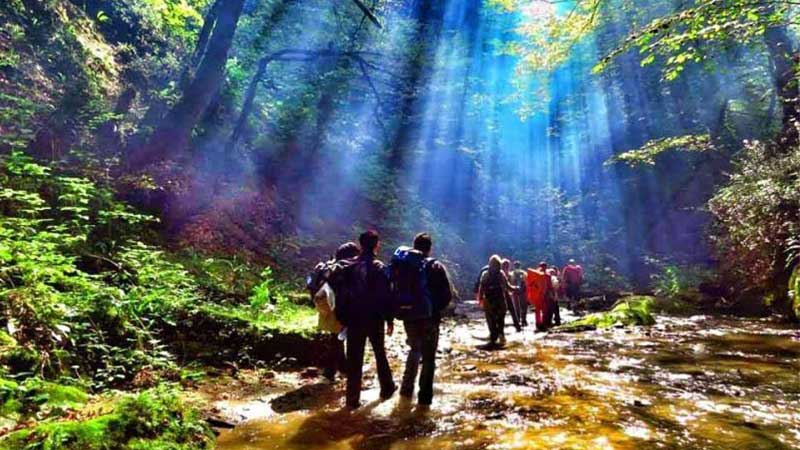
Hyrcanian Forests
Trans-Iranian Railway, 2021
Iran’s railway system earned its spot on the UNESCO World Heritage List due to its historical, industrial significance, and cultural importance as a unifying link between various Iranian ethnic groups. Stretching over 1400 kilometers and connecting different provinces, the Iranian railway has joined Iran’s prestigious roster of UNESCO-listed assets, sharing this global stage with landmarks like aqueducts, Iranian gardens, and churches. It traverses significant stations such as Qaimshahr, Gaduk, Garmsar, Tehran, Arak, Durood, Shahbazan, and Andimeshk.
Cultural Landscape of Oramanate or Hawraman, Kermanshah and Kurdistan, 2021
The Oramanate or Hawraman region, spanning parts of Kurdistan and Kermanshah, boasts a unique cultural fabric in addition to its distinct stepped-house architecture. This area encompasses portions of Sanandaj and Kamiyaran cities, a substantial part of Sarvabad and Marivan in Kurdistan province, and Javanrud and Paveh cities in full, along with sections of Ravansar and Salas Babajani in Kermanshah province.
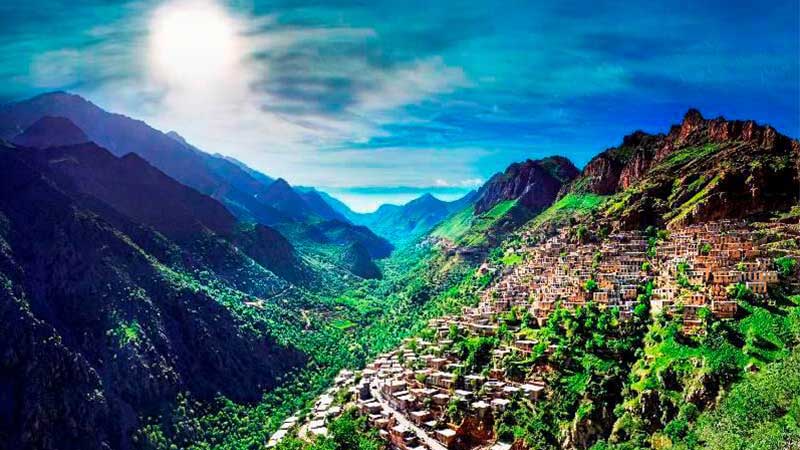
Oramanate or Hawraman in Kermanshah and Kurdistan
Conclusion
In conclusion, Iran’s UNESCO World Heritage Sites stand as a testament to the country’s rich and diverse cultural heritage, as well as its remarkable natural landscapes. These sites, spanning ancient cities, architectural wonders, and pristine natural environments, not only showcase Iran’s historical significance but also highlight the importance of preserving such treasures for future generations. As gateways to the past and windows to the natural world, these sites serve as invaluable educational and cultural assets, fostering a deeper appreciation for the country’s history and its role in shaping human civilization. Through ongoing conservation efforts and international collaboration, Iran continues to safeguard these extraordinary sites, ensuring that they will continue to inspire and awe visitors from around the world for years to come.



